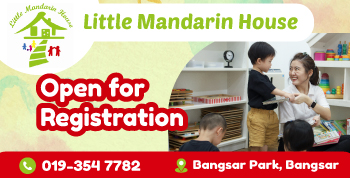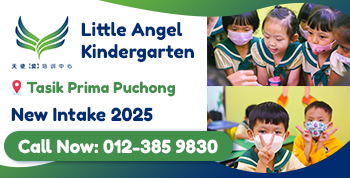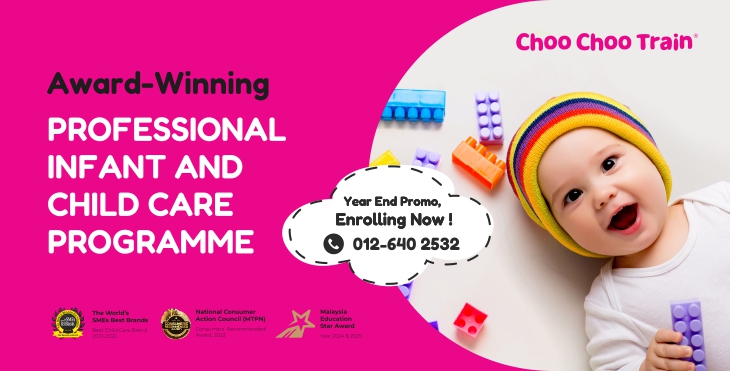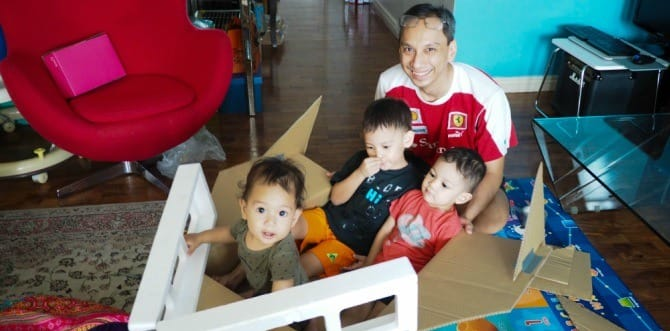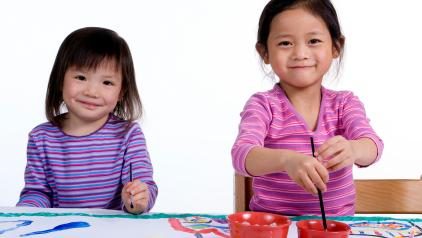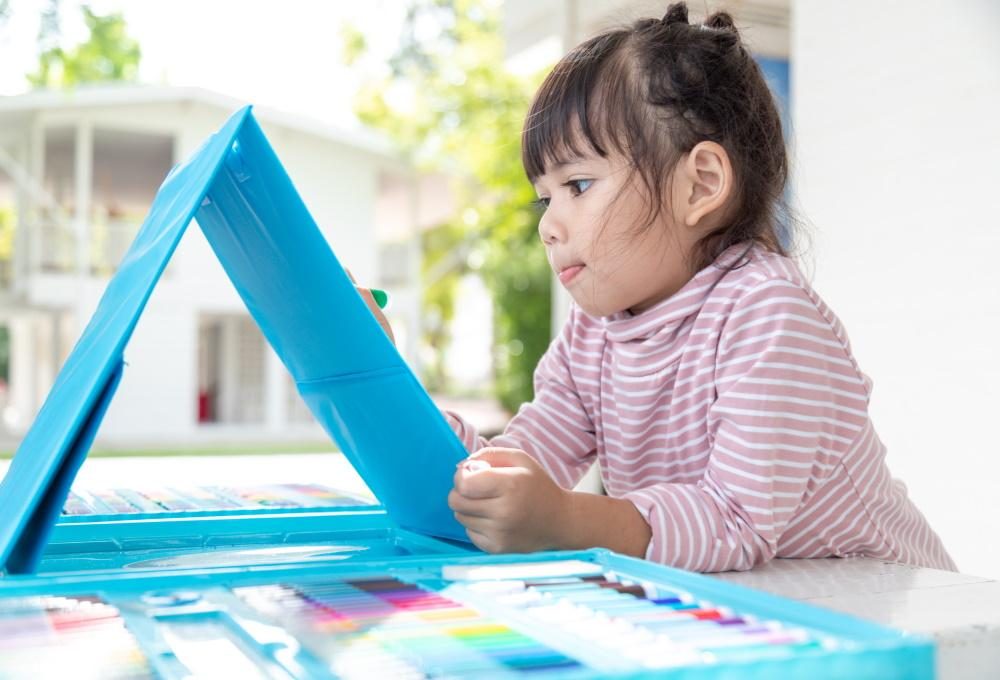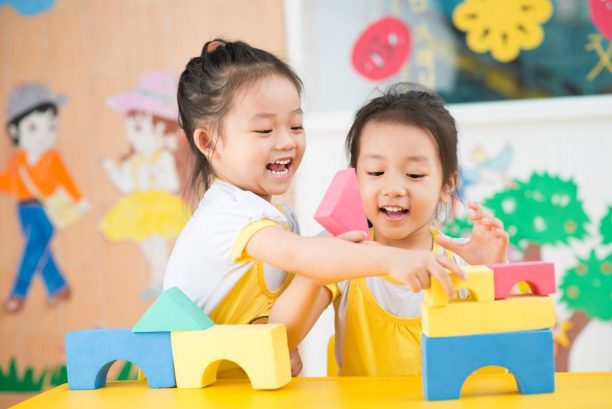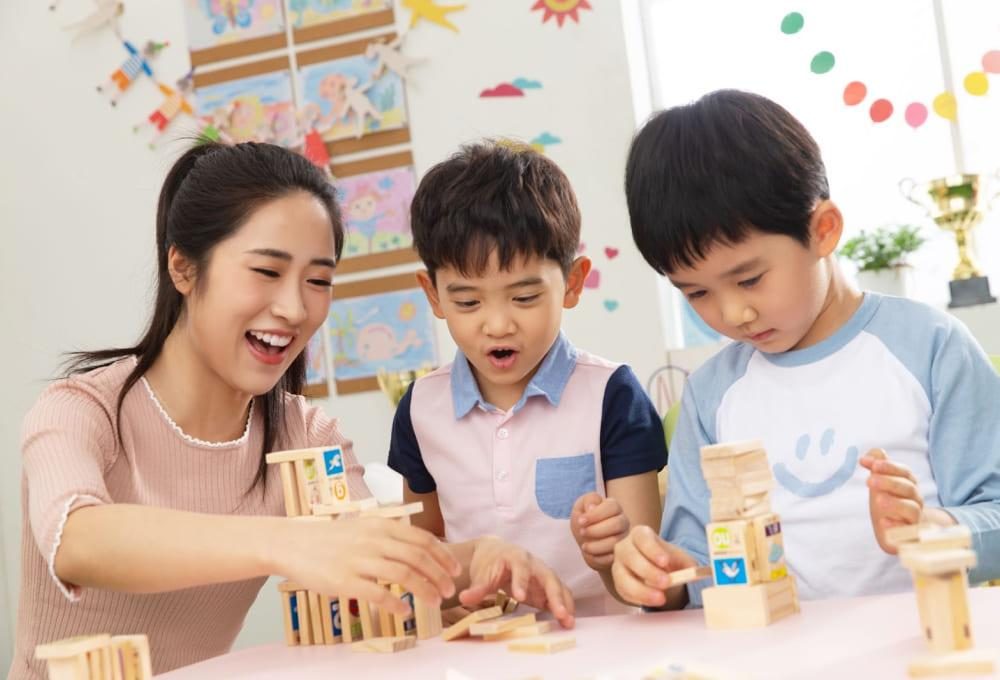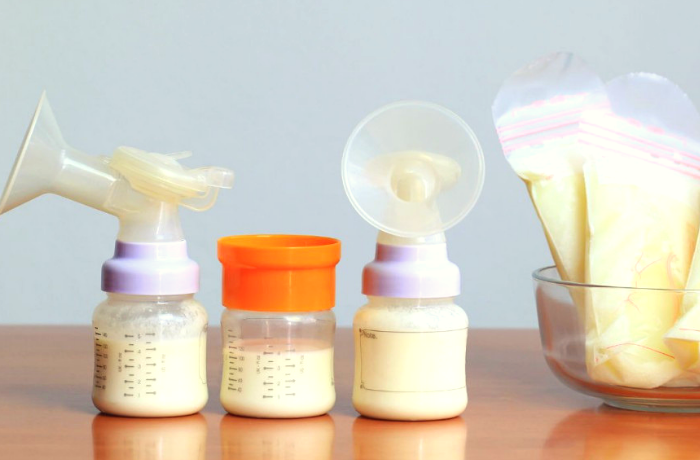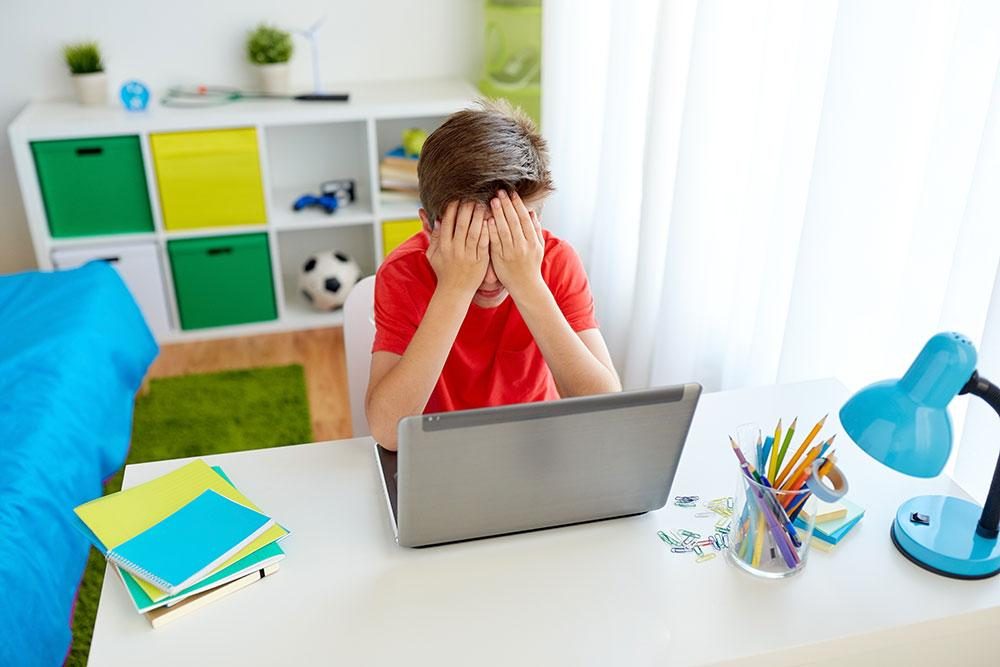Child Abuse – What It Is and How Can You Prevent It
by on 01/02/2019 ...
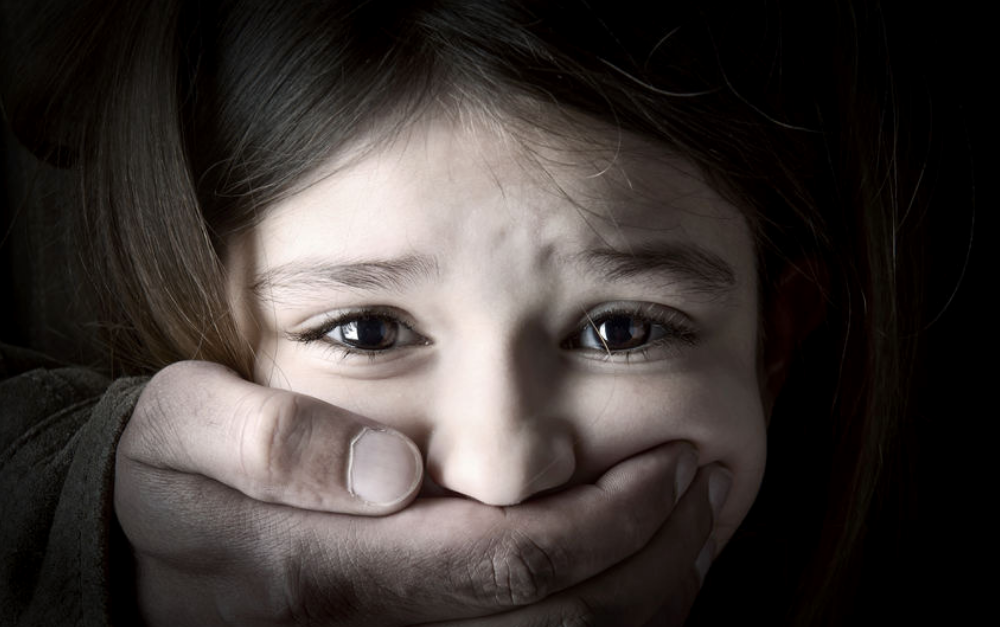
Abuse. A five-letter word that we hear all too often, be it power, drug, physical, mental, sexual or even the topic that we’re highlighting today – child abuse. According to the Malaysian Welfare Department statistics , in 2017, 14 child abuse cases occur a day on average. That’s 5,110 cases a year, but for the past five years, only 1,559 cases were reported. This has become an untreated epidemic in our country and requires urgent attention.
But to bring adequate attention to this tragedy, we must understand what child abuse is, how to look for the signs of it, and what we can do to prevent it. The World Health Organization ([WHO], 2006, p. 9) defines child abuse and neglect as:
All forms of physical and/or emotional ill-treatment, sexual abuse, neglect or negligent treatment or commercial or other exploitation, resulting in actual or potential harm to the child’s health, survival, development or dignity in the context of a relationship of responsibility, trust or power.
Types of Child Abuse
Whenever we hear the term child abuse, the general thought of it is a child with bruises or other physical red flags that comes with it. However, this might not be the usual case. There are a few types of child abuse according to WebMD , such as:
1) Physical Abuse – When a child’s body is hurt by someone or is put in physical danger. Someone who hits, kicks, bites, shakes, throws, burns, or ties up the child – all of these are considered physical abuse. Whether a child is seriously hurt or if it leaves a mark, any kind of harm is abuse.
2) Sexual Abuse – This kind of abuse doesn’t necessarily mean it needs to include physical contact. It is any kind of sexual activity with a child, including:
- Forcing a child to take part in pornographic pictures or videos.
- Showing the child someone else’s genitals.
- Sending messages that are sexual in any way.
- Telling “dirty” jokes.
3) Emotional Abuse – A pattern of behaviours that harm a child’s emotional well-being and development. This can include:
- Shaming, belittling, criticising, or embarrassing the child
- Ignoring and failing to provide emotional support and guidance.
- Abusing others when the child is around, such as a parent, sibling, or even pet.
- Failing to show love and affection.
4) Neglect – When the child is not given basic care and protection by the caregiver, such as food, clothing, heat in cold weather, housing with clean living conditions, and medical care.
Signs of Abuse
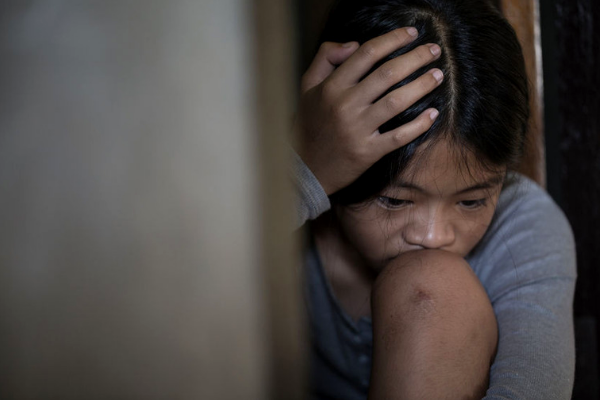
It can be hard to recognise signs of abuse. Sometimes a behaviour that we think is a result of abuse is actually normal for their age. In these situations, it is helpful to look for specific signs in order to make a better judgement. These are a few indicators that a child is being abuse and this is not an exhaustive list:
1) Domestic Abuse
A child who witnesses domestic abuse may become aggressive, display anti-social behaviour, suffer from depression or anxiety, or even not do as well in school. Watch out for any unusual behaviour such as being withdrawn, changes in eating habits, clinging, obssessive behaviour, nightmares, or having thoughts about suicide.
2) Sexual Abuse
Children who are sexually abused may avoid certain people or avoid being alone with people. They could seem frightened of a person or reluctant to socialise with them. They could also show sexual behaviour that’s inappropriate for their age by becoming sexually active at a very young age, or use sexual language or know information that you wouldn’t expect them to. They might have physical symptoms such as having anal or vaginal soreness, unusual discharge, sexually transmitted infections (STI) or even pregnancy.
3) Neglect
Neglect can be difficult to identify, and having one of the signs stated below doesn’t necessarily mean that the child is being neglected. However, if you notice multiple or persistent signs and symptoms, it could indicate a more serious problem. They might have poor appearance and hygiene such as having unpleasant odours, seem to always be hungry, or have frequent and untreated diaper rash in infants. As for health and developmental problems, the child might not be given medical attention should they need it, have poor language and communication skills, or faltering weight or growth, as well as not reaching developement milestones. When it comes to housing and family issues, the child might be frequently left alone for a long time, live in an unsuitable housing condition, or take on the role of carer for other family members when there are other suitable candidates to do the job.
How To Prevent Child Abuse
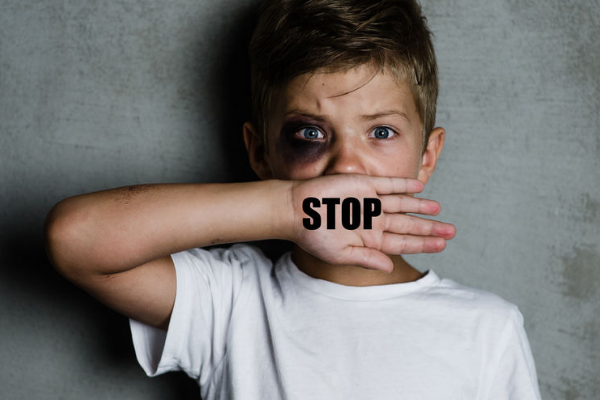
So what can we do to prevent this? As an adult – or even a kid if you are reading this – we should take action to end this epidemic. These are some of the steps that we can take to prevent child abuse:
1) Self-awareness – Imagine about the kind of person that we want to be: one who are kind, responsible, and respects other people. If we are self-aware, this will be conveyed through our actions and the way we speak.
2) Be a good role model – Kids see us as a role model, whether directly or indirectly. The words that we use, the action that we take, all of these will be subconsciously embedded in a child’s mind and this will shape the type of person that they will grow up to be.
3) Speak out – Challenge and speak out against hurtful language and bullying, in your school, community or workplace. Make notes about the incident in a diary, recording the date and the thing that had happened for future reference. Call 15999 to make a report if we witness violence against a child.
4) Talk to the kids about safe touch – In terms of sexual abuse, we need to teach our kids about safe touch. Use a doll to teach them what body parts that is safe and not safe to be touched by other people. But even if somebody is not directly touching them in places that they shouldn’t be, if your child is uncomfortable in any way, teach them to speak up and if that tactic doesn’t work, report the incident to an adult that they trust in.
5) Observe the child’s behaviour – Body language speaks a thousand words and it is far more telling than spoken words. If a child seems to be stressed, looks sad, scared or does not want to have eye contact with certain people, take note. Try to discuss this matter with the child themselves, in a positive and non-accusing way. Make them feel – and make sure – that they are safe when they confide in you.
As a conclusion, child abuse is a serious matter. With recent cases that involve grievous injury or even the death of a child, whether in the hands of a nanny or their own family, we need to step up our effort in preventing this situation. Children are our future. Provide a safe environment for them to grow up in and make this world a better place.
Looking for a reliable childcare centre? Search now on Kiddy123.com!
References
Child Abuse: We Are Not Doing Enough About It. (Oct, 2018). New Straits Times, https://www.nst.com.my/news/exclusive/2018/10/418676/child-abuse-we-are-not-doing-enough-about-it
What is Child Abuse and Neglect? (Sept, 2018). Australian Institute of Family Studies, https://aifs.gov.au/cfca/publications/what-child-abuse-and-neglect Possible signs of child abuse. (June, 2017). WebMD, https://www.webmd.com/children/child-abuse-signs
The UK’s Children Charity. https://www.nspcc.org.uk/preventing-abuse/child-abuse-and-neglect/neglect/signs-symptoms-effects-neglect/
Malaysia Child Abuse. (2012). Talented – Malaysia Infographic Directory, http://www.talented.com.my/malaysia-child-abuse/
World Health Organization. (2006). Preventing Child Maltreatment: a guide to taking action and generating evidence. http://apps.who.int/iris/bitstream/handle/10665/43499/9241594365_eng.pdf;jsessionid=486440CA54CE2073ABA13B7F3B0D8D6A?sequence=1





